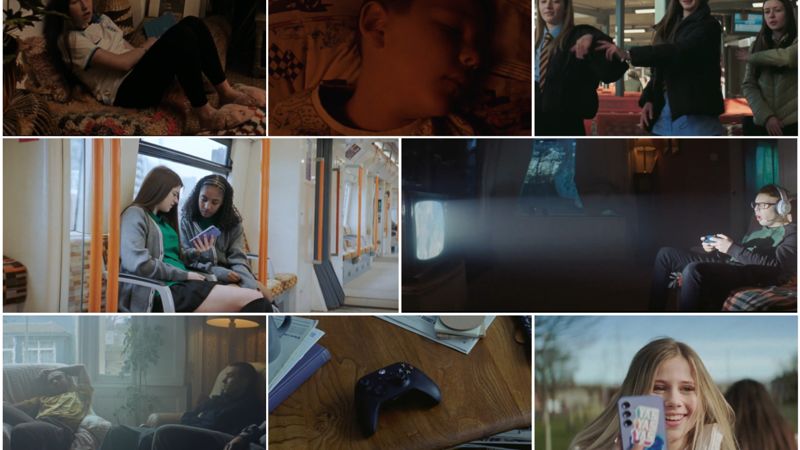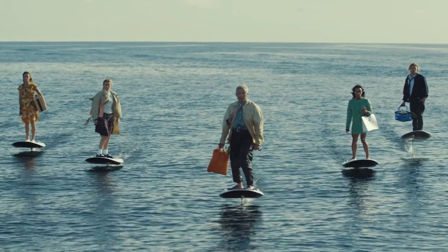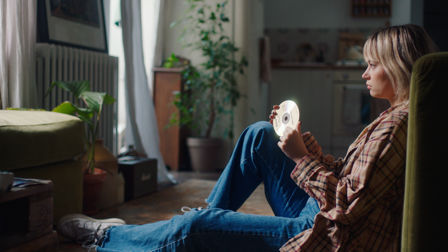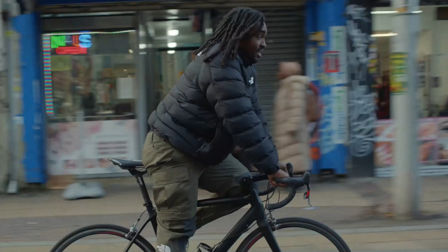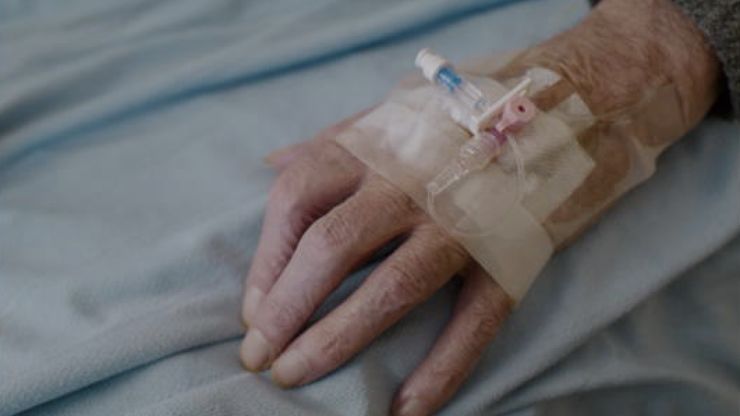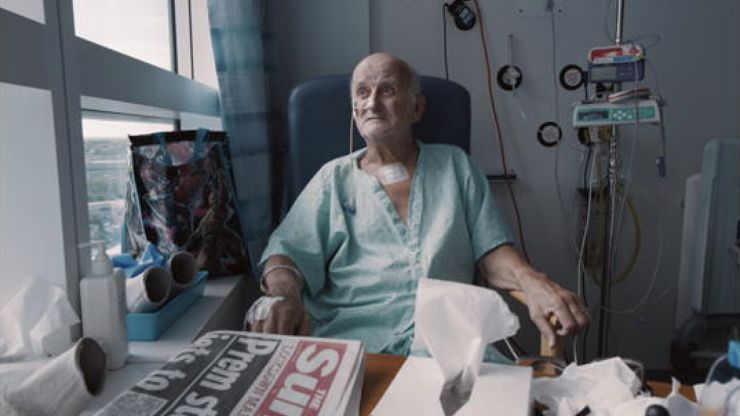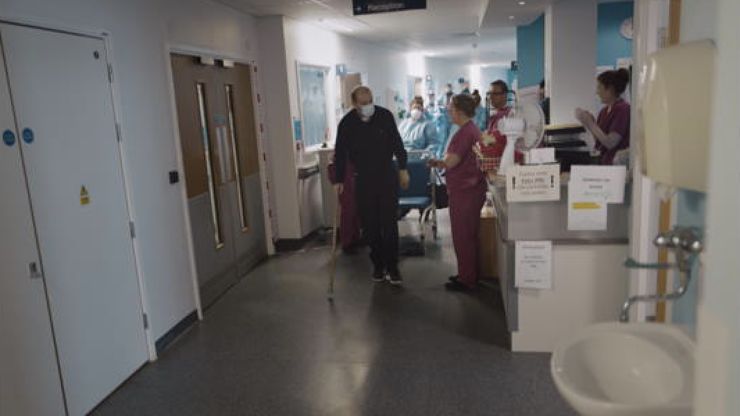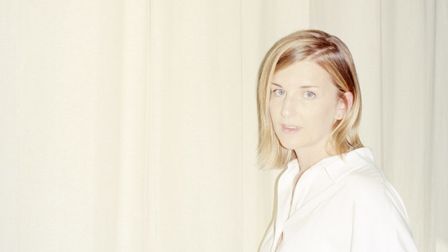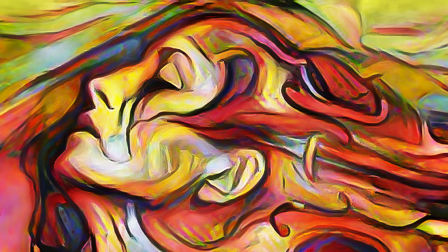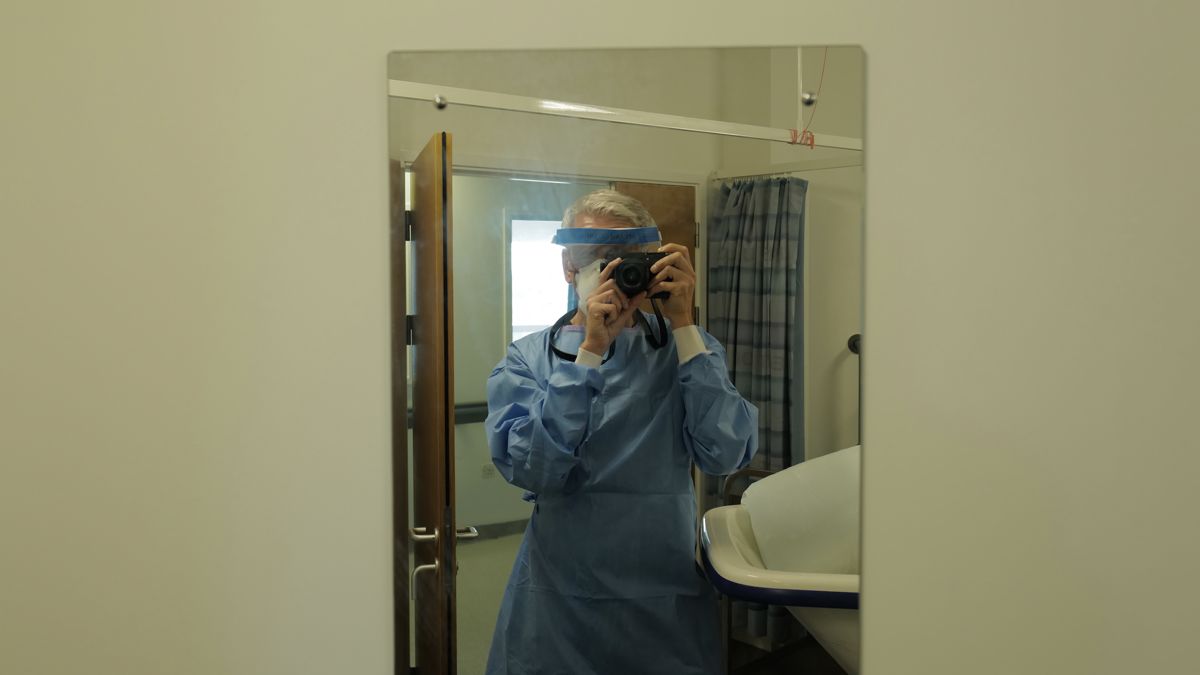Johnny Hardstaff on his Small Film with a big impact
After taking up residence for eight days at a UK hospital treating Covid-19 patients at the height of the pandemic, Johnny Hardstaff has created a stripped back, emotional and compelling film with just a stills camera and a voice recorder. Here, he explains the thinking behind his Small Film.
Back in late April, at the height of the UK’s Covid-19 pandemic, director Johnny Hardstaff and the NHS (University Hospitals Birmingham) came together to talk about documenting one of the country’s largest hospital Trust’s response.
UHB asked the Independent Films director to spend eight days on the trust's various wards; living at the hospital, shadowing the staff and shooting the story that he found there. Given the exceptional circumstances, neither the trust nor Hardstaff knew what to expect or what story would evolve from what was to be a very unusual process.
Credits
powered by
-
- Production Company Independent Films/London
- Director Johnny Hardstaff
-
-
Unlock full credits and more with a Source + shots membership.
Credits
powered by
- Production Company Independent Films/London
- Director Johnny Hardstaff
- Editing Final Cut/London
- Post Production The Mill/London
- Sound Design Machine Sound
- Executive Producer Verity White
- Editor Ed Cheesman
- Colourist Alex Gregory
- 2D Animator Stefan Susemihl
- Post Producer Alex Fitzgerald
- Sound Designer Patch Rowland
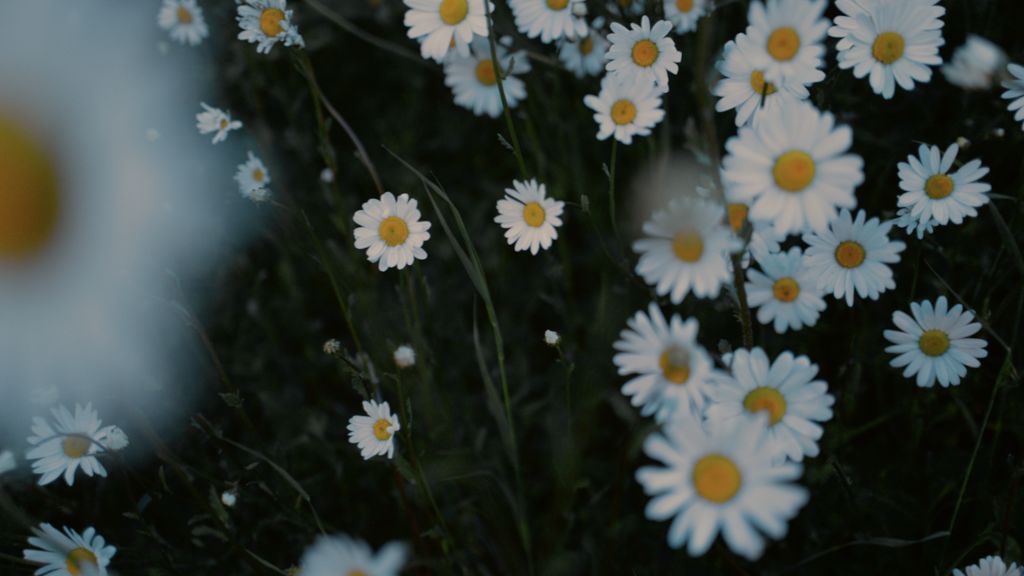
Credits
powered by
- Production Company Independent Films/London
- Director Johnny Hardstaff
- Editing Final Cut/London
- Post Production The Mill/London
- Sound Design Machine Sound
- Executive Producer Verity White
- Editor Ed Cheesman
- Colourist Alex Gregory
- 2D Animator Stefan Susemihl
- Post Producer Alex Fitzgerald
- Sound Designer Patch Rowland
Above: Small Film, the result of Hardstaff's eight days spent on the wards at UHB.
Precisely because the hospitals involved were actively battling Covid-19 a set of rules for the project to adhere to were put in place: No crew except for Hardstaff himself; no large, moving image camera or intrusive equipment of any kind; no lights; no night shooting; whatever camera was used had to be very small and (coming off of Covid wards) ‘washable’.
A few of the patients asked what I was thinking of being in there with them, they seemed convinced I was going to end up hospitalised.
In response, Hardstaff chose to record what he found there on a small stills camera, recording his discussions with the staff, trusting the process to deliver the story. The result is Small Film [above], a powerful set of images and accompanying interviews which document how one Trust and its staff dealt with the devastating situation.
Below, Hardstaff recounts the planning for the project, the experience of being on active Covid-19 wards and why, in the end, nature was at the heart of the story.
Can you tell us a bit about how this project came about?
JH: We volunteered. University Hospitals Birmingham is one of the biggest NHS trust in the country, with multiple hospitals and tens of thousands of employees. They were looking to document this moment in time and give their staff the opportunity to air their experiences and feelings. Having seen my work for Gucci and particularly the Toyota films we made, they suggested I spend eight days on various wards there, living at the hospital, shadowing the staff.
Did you have any trepidation about working for such an extended period of time on a Covid ward in the midst of the crisis?
JH: I’m pretty philosophical about these things. A few of the patients asked what I was thinking of being in there with them, they seemed convinced I was going to end up hospitalised. The staff joke was that I was doing this to get out of lockdown. But I was only there for eight days. These NHS workers are underpaid to be there day in day out, all year round.
It was quickly established by the hospital that it would only be you on the ward - no crew, no bulky equipment; was that a major reason for the decision to use a stills camera instead of a film camera?
JH: Using a compact stills camera was a non-intrusive answer to all the practical constraints. It’s small. It doesn’t alarm vulnerable patients. I could work alone. But more than that, I suspected that stills would let the story be heard better. I could have shot moving image on an iPhone, I guess, but there’s something much more resonant about watching stills as you listen to these compelling accounts. It’s reflective. You hear more. I knew the approach had to be sensitive and restrained. Here, the filmmaking isn’t so important, the accounts are. Visual radio. I guess some stories just need telling differently.
What camera did you use and how long did it take you to work out your process of shooting?
JH: When you come off Covid-heavy wards there are strict procedures to do with decontamination and infection control. I needed a very small camera that was pretty much ‘washable’, so I shot this on my own weatherproof Leica Q2. The process was pretty simple; sequential stills. I would have loved to have shot low light, but night shooting wasn’t an option.
I shot it pure and straight, found a spot and an angle and just held it and let whatever was going to happen in the frame happen.
I would have loved to have lit the scenes because hospitals in daylight are really unforgiving to photograph, and back then we were getting non-stop beating sun, but there’s no way you can take lights onto wards or shoot flash. So, I shot it pure and straight, found a spot and an angle and just held it, sometimes for many minutes, which really makes your body ache, and let whatever was going to happen in the frame happen.
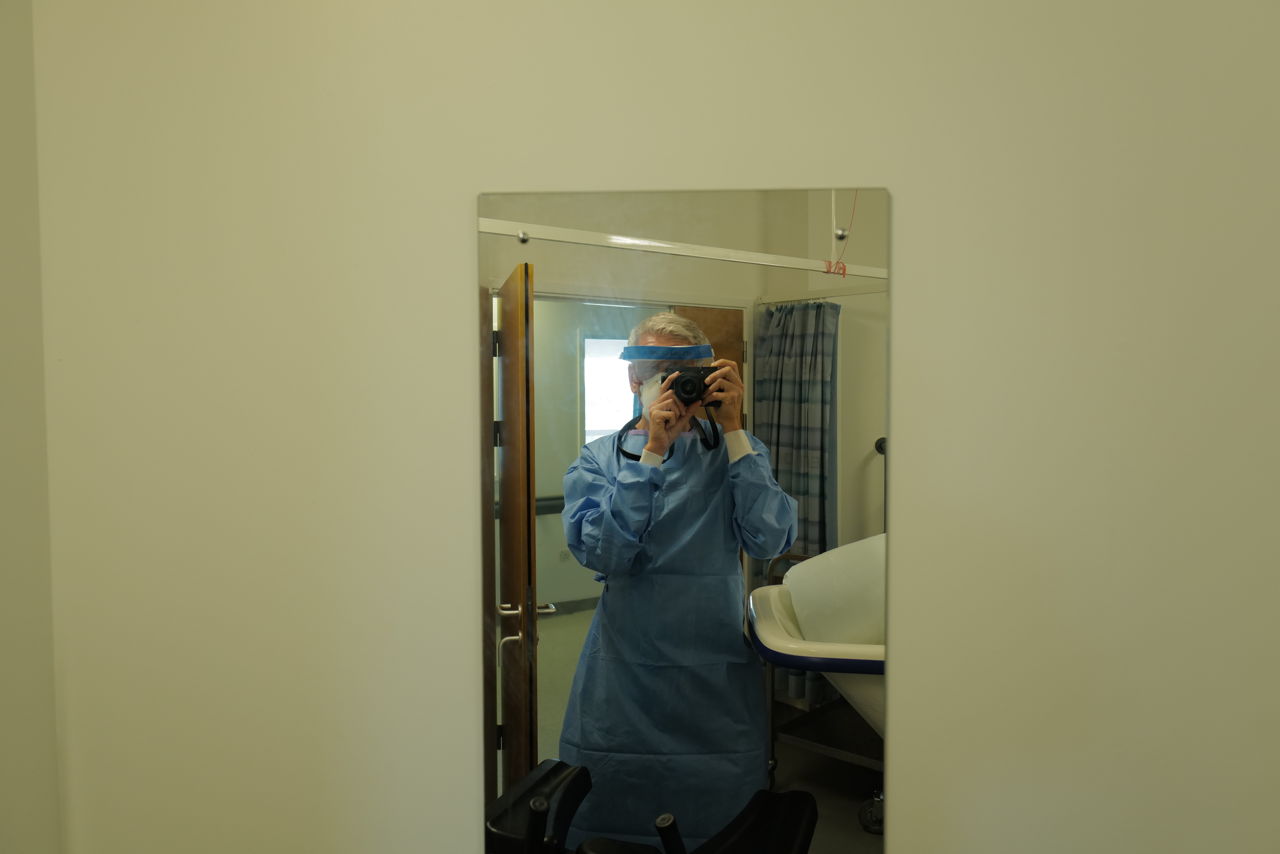
Above: Hardstaff's self-portrait, taken during his time on the wards.
Did you have free access to the wards and the people within them, and how did you decide what to shoot?
JH: I was cleared for certain wards, and hooked up with staff who were comfortable with me shadowing them. At the outset we didn’t quite know what the story was. We knew there was a story, for sure, but it felt important that it was their story, not mine. So, I went in with no agenda as such, and just shot what felt important in the moment and chatted and listened.
It’s not about one good soul but thousands of good souls and their shared experience.
Early on, the vague plan was to tell individual stories with a series of very short films, but it quickly became apparent that this was one longer communal story. It’s not about one good soul but thousands of good souls and their shared experience. Though I recorded their audio discussions separately, there are common threads they all return to. They answer each others questions. They segue into each others thoughts. It's a group of people who’ve been through something remarkable together.
They’re all on the same wavelength because they’re not in those jobs by accident. It’s in their DNA. I like that you never get to hear what their roles are. You don’t know where they sit in any hierarchy. There’s no ‘senior' or ‘junior’. They’re all equally important.
How many images did you take and how difficult was the process of editing them down?
JH: I actually didn’t shoot that many. You spend a lot of time patiently waiting for the right moment in environments like these. We’ve maybe used 40% of what I shot. There are many more frames to each sequence but we slowly realised that rather than wanting more motion and more sequential steps, people we showed the early cuts to wanted less.
We wanted it to feel simple and true and not laboured over so we made a conscious decision not to overwork it.
They wanted to be able to process the audio rather than be distracted by unnecessary motion, so we learned to be confident about having fewer stills. Ed Cheesman at Final Cut made light work of chugging through the material. Step one was me transcribing the audio and doing an old school cut and paste paper audio edit, which took forever because there was so much great dialogue to select from, but once we had the audio story built and locked then we had a road map which Ed quickly visualised. Neither Ed nor I wanted to over-complicate things. We wanted it to feel simple and true and not laboured over so we made a conscious decision not to overwork it.
The interviews with the staff of the hospital have emotion, insight, but also reveal a practical approach to the pandemic; is that something you searched for, or just the nature of their outlooks?
JH: No, it’s all them. These are life's doers. They’re wonderfully well-intentioned, caring people who know how to get in there and get things done. They’re unflappable. They don’t do panic. They don’t have time to do chronic anxiety and, as you hear in the film, having seen it regularly themselves they have a really healthy relationship with death. They have things in perspective. I really admire that. There’s a lot to be said for what a career in medical nursing does to you.
How difficult was the task of marrying the images to the interviews and were you working that out in your head as the project evolved?
JH: So, one of the themes that I kept hearing as I interviewed them was talk of nature. They talked about being able to hear the birds during lockdown. They talked about trees outside their home that they had never noticed before. They talked about the stars and, of course, they talked about death being a natural phenomena too.
Nature became this kind of refrain and I wanted to visualise this.
Nature became this kind of refrain and I wanted to visualise this. I also needed a way to visualise the darkest moments that the staff were telling me about and I knew there was nothing I could shoot that would be as dark or do justice to what they were describing. So, at dusk, I would wander the grounds of the hospitals and I found all these gnarled trees and ugly undergrowth in forgotten corners of these NHS sites but also all these beautiful flowers, and I thought they might work as a metaphor. I thought they might make intriguing WTF moments that pay off in the end.
Only a stone's throw from where nature was doing its darkest on hospital wards, outside it was doing its best.
Finding all those daisies on the steep banks of an A&E approach road at dusk was a pretty special moment and, for me at least, it kind of came together in my head. I thought it kind of beautiful that only a stone's throw from where nature was doing its darkest on hospital wards, outside it was doing its best. I knew what the shape was and pretty much what the overall feel would be. Hopefully the film has a balance and, if so, that’s where I think I found it.

Above: Nature is a recurring theme in Small Film.
There's no music over the film, no real artifice to it, just the stark images and interviews; was that always the plan?
JH: Exactly. It’s called Small Film with good reason. We did have the idea of a really stripped back score at the back of our minds, but it never felt right to chase it. Anyone who knows my work knows that things are often very polished and thought through, but as with every project that I take on, each has a very different set of needs.
This was one occasion where I hadn’t made a 'shiny' ‘sexy’ film, which bothers me a little, but that wasn’t the point.
So, what this film needed was to stay incredibly true and not betray that with any artifice at all. Patch Rowland at Machine sparingly crafted the sound bed from environmental sounds I’d picked up on the wards. Alex Gregory at The Mill purposefully gave us a highly restrained grade. With both it was a lot like using a racehorse for donkey rides but they completely understood the rationale and humoured us in keeping it real.
There are black bars left and right because that’s what you get with raw stills. We left it like that - it’s not like we were trying to be cinematic. Even the title cards we left to chance because if they’d been refined or thought about then what would that have said? Ok - this was one occasion where I hadn’t made a 'shiny' ‘sexy’ film, which bothers me a little, but that wasn’t the point. We weren't trying to showcase film production skills. We were trying to do the opposite because this little film isn’t about us and our ego’s, it’s about the NHS.
What, personally, did you take away from the eight days you spent on the wards of the hospital?
JH: Full disclosure; I’ve got some serious Brummie roots and I’m no stranger to a regional accent, so I was always going to be comfortable there but, well, I guess the whole experience really surprised me. As much as you can love such an experience, I loved it. As genuinely moving as it was at times, it was also intensely uplifting.
It reminded me how we can make films with nothing and for nothing. Literally no resources. Just someone with a small stills camera and a pocket sound recorder.
I loved being around these people, the staff and patients. It was a pleasure to document the very best of human nature and I was sorry enough to leave to want to go back. Of course, on a professional level, it also reminded me how we can make films with nothing and for nothing. Literally no resources. Just someone with a small stills camera and a pocket sound recorder. Nothing more, and somehow that’s all the more powerful. I’ve shot some great stories in some exotic places but it took Birmingham to really get me thinking about all the other stories I’d love to tell with all the time that I may or may not have left, and how there really is no barrier to doing so. If you can shoot through a pandemic then there's a way to shoot anything.
What do you hope people will take from this film?
JH: Well, this was never ‘my’ film, but, ultimately, I did always hope that it might feel, in some sense, uplifting. I think we’ve all had a gut-full of fear and anxiety and the media have shown little responsibility in leaning really hard into Covid minutae and all the grim, graphic details, and the endless body counts and all that, and I felt a responsibility to not do that.
I wanted to show a little kindness. Find some balance. Get things in perspective by hearing it from the horse's mouth. So, if this small film makes someone who is currently feeling very anxious and not living life feel even fractionally less anxious than before then, hopefully, just like the NHS, it's done its job.
)
